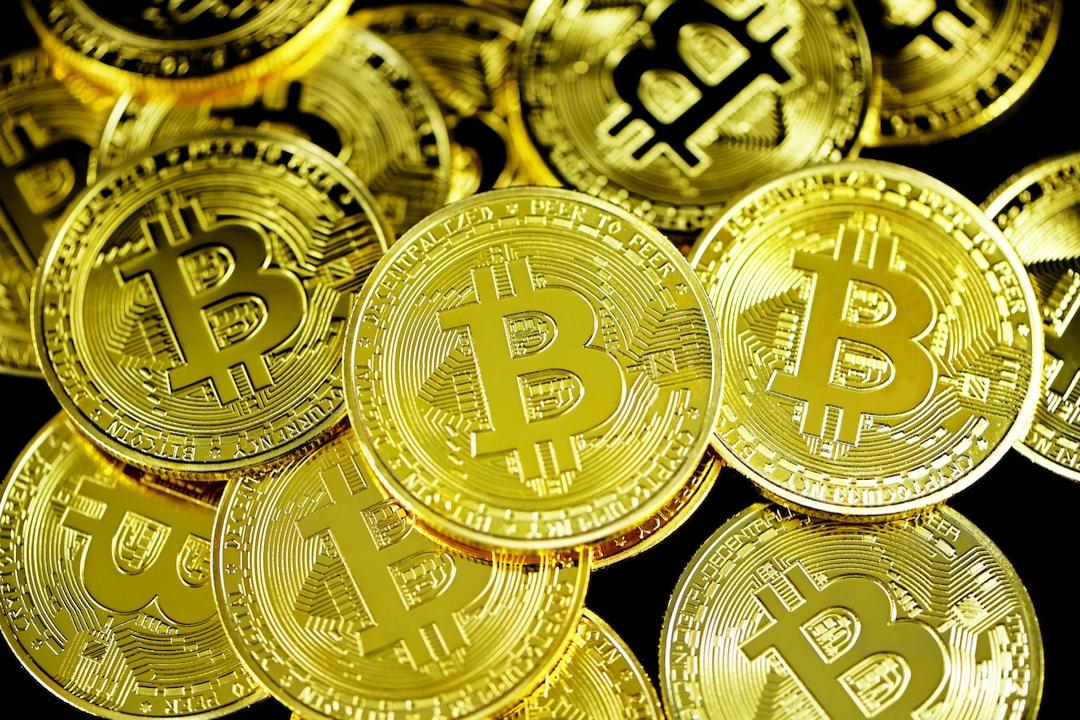In the face of high uncertainty surrounding Trump’s economic policy, the Federal Reserve (Fed) decided to keep interest rates unchanged on Wednesday. However, it raised its inflation forecast, lowered its economic growth and employment outlook for this year. Whitney Watson, Global Co-Head of Fixed Income at Goldman Sachs Asset Management, bluntly stated that the adjustments made by the Federal Open Market Committee (FOMC) imply signs of stagflation.
(Background: Bitcoin breaks through $87,000; Fed’s Powell: reducing balance sheet pace starting in April, expects two rate cuts this year, keeps interest rates unchanged… A quick look at the five key points)
(Additional context: The Fed meeting’s three key points tonight: Interest rate dot plot, quantitative tightening adjustments, tariff impact assessment…)
The Federal Reserve (Fed) decided early this morning to keep the policy rate unchanged at 4.25%-4.5% and announced that it would slow down its balance sheet reduction starting in April. Most officials also maintained their expectation of two rate cuts in 2025, pushing the market higher.
However, the Fed also updated its economic forecast, showing that the core Personal Consumption Expenditure (PCE) inflation rate at the end of 2025 was raised from 2.5% to 2.7%, and the US GDP growth rate was downgraded from 2.1% to 1.7%. The unemployment rate is expected to rise slightly from 4.3% to 4.4%. The GDP forecasts for 2026 and 2027 were 1.8% (previously 2.0%) and 1.8% (previously 1.9%), respectively, showing a weakening long-term growth expectation.
The Fed’s Powell stated that the rise in inflation expectations is “largely” due to tariff impacts. The Fed will distinguish between “tariff inflation” and “non-tariff inflation” to more accurately assess policy effects. At the same time, major changes in trade, immigration, fiscal policy, and deregulation under the new administration will profoundly affect the economic and monetary policy direction.
Challenges in the Economic Environment, Fed Hints at Stagflation?
In response, Josh Jamner, Senior Investment Analyst at Clearbridge, analyzed that the Fed’s economic forecast indicates that the economic environment in 2024 will be more challenging, with moderate economic slowdown, rising inflation, and unemployment rates. However, these forecasts align with recent estimates from Wall Street banks and macroeconomic research institutions, so these adjustments are not expected to have a major impact on the financial markets.
Josh Jamner mentioned that the Fed’s monetary policy may eventually lag behind fiscal policy. Pricing in the federal funds futures market shows that the market expects the next rate cut to occur in July, and this dynamic is unlikely to change in the short term.
Whitney Watson, Global Co-Head of Fixed Income at Goldman Sachs Asset Management, stated that the Fed’s cautious stance, as expected, keeps rates unchanged while waiting for clarity on economic growth prospects and trade policy changes, adopting a “wait-and-see” strategy:
However, the FOMC’s forecast adjustments imply some signs of stagflation, as economic growth and inflation expectations are moving in opposite directions.
Goldman Sachs expects that the Fed will continue to monitor whether the current economic slowdown will evolve into a more serious problem before making any policy adjustments.
Consumer Price Index Data Optimistic, but Rate Cuts Not Expected Soon
Michele Raneri, Vice President and Head of U.S. Research and Advisory at TransUnion, believes that although the latest Consumer Price Index (CPI) data is relatively optimistic, the market does not expect an immediate rate cut. The upcoming labor market data may influence future decisions:
Despite the Fed’s current position, the possibility of rate cuts later this year still exists, and multiple rate cuts may occur in 2025. If rates begin to fall, consumers may be more inclined to use credit products they have avoided in recent years, such as mortgage refinancing and auto loans. A more favorable credit environment could encourage new borrowing activity and support consumer confidence.
Fed Faces Policy Dilemma
It is worth noting that Nick Timiraos, a reporter known as the “Fed’s mouthpiece” for The Wall Street Journal, earlier analyzed that recent economic data is sending mixed signals. Facing stagflation, where economic growth stagnates while prices rise, may make it more difficult for the Fed to use rate cuts to prevent economic slowdown.
The report points out that the Fed’s response largely depends on whether businesses and consumers expect prices to continue rising. The central bank believes that inflation expectations can become self-fulfilling. If workers, landlords, and business owners generally believe inflation will persist, they will adjust their financial decisions accordingly, which would further drive up prices.


